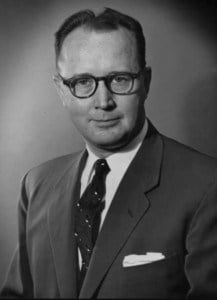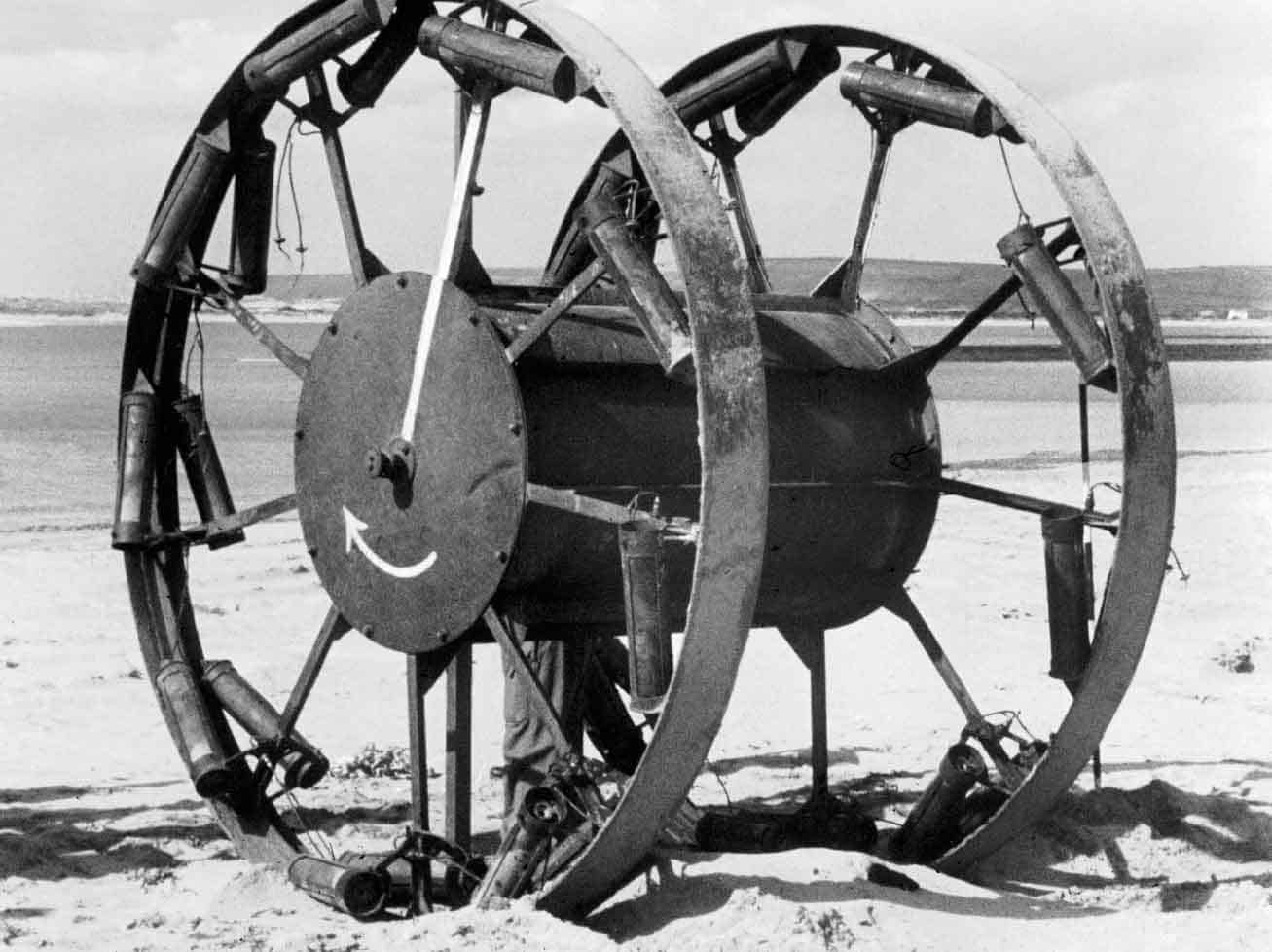
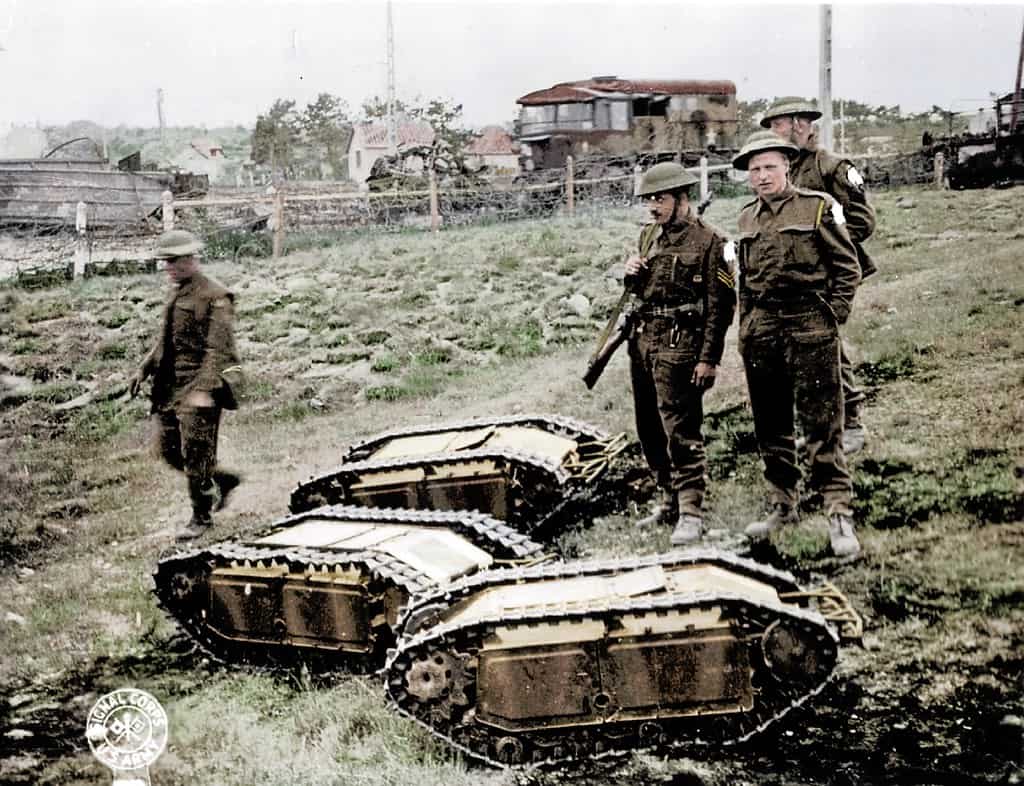
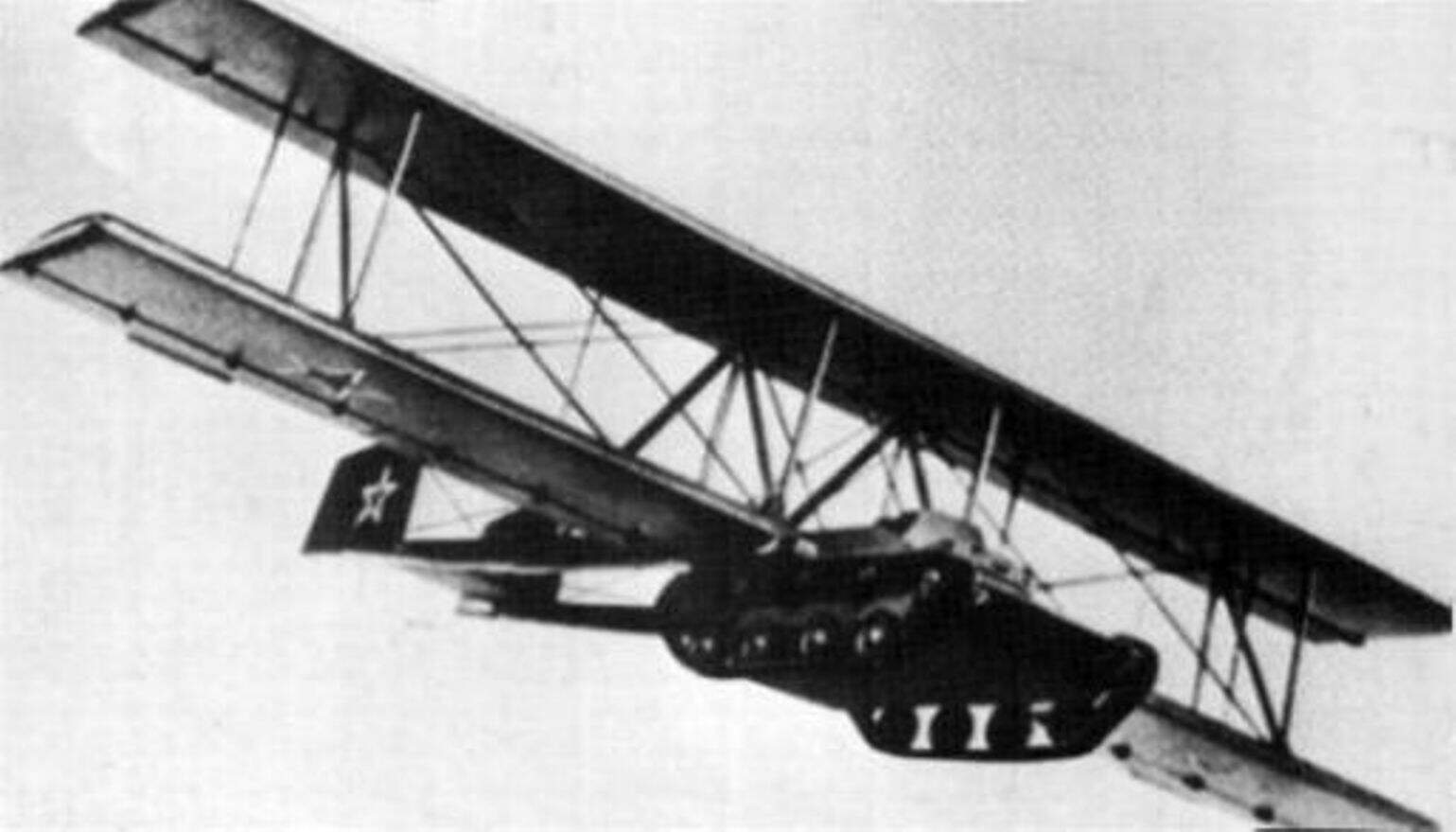


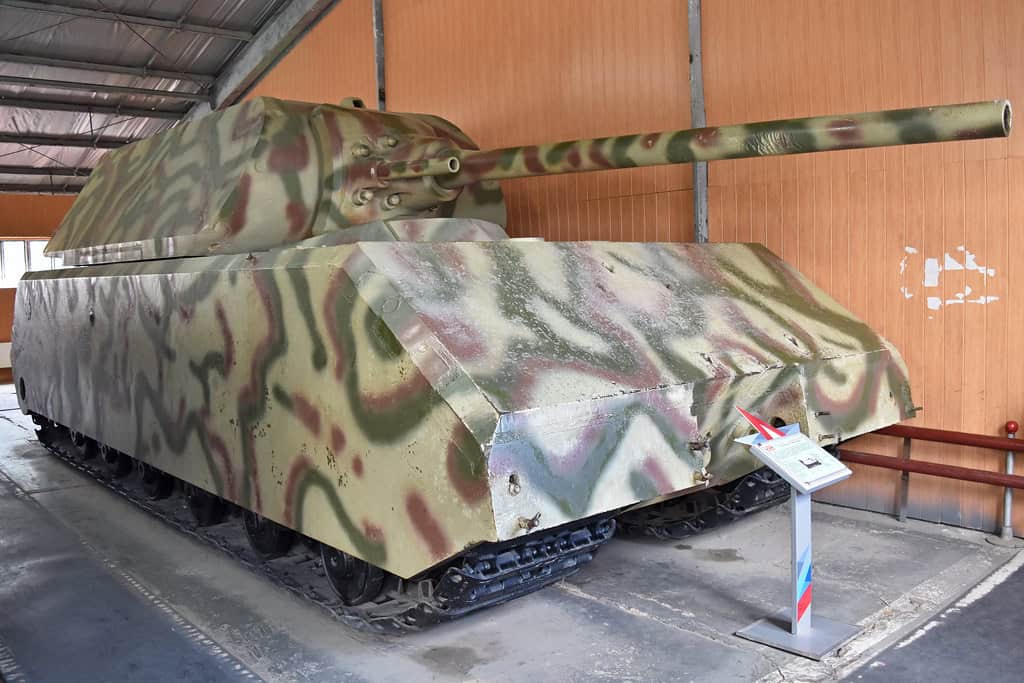
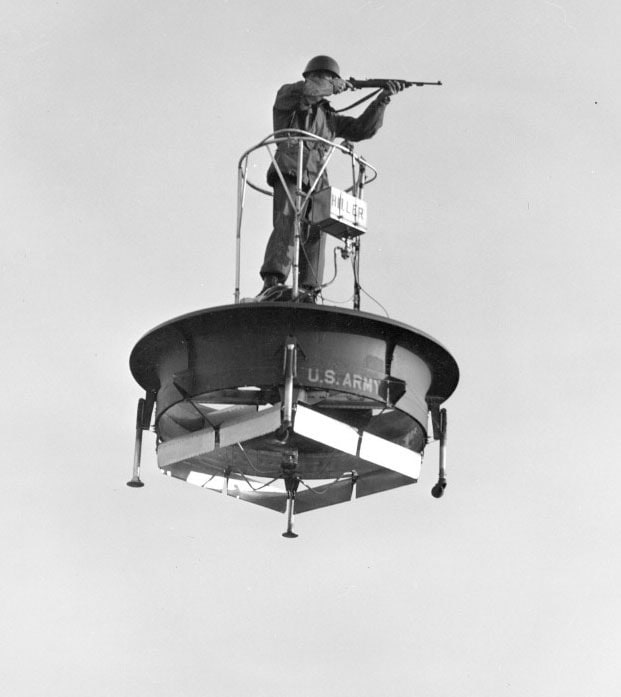
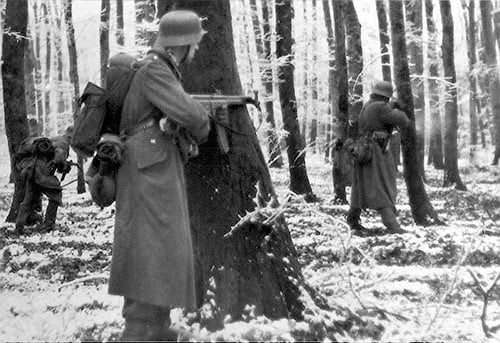

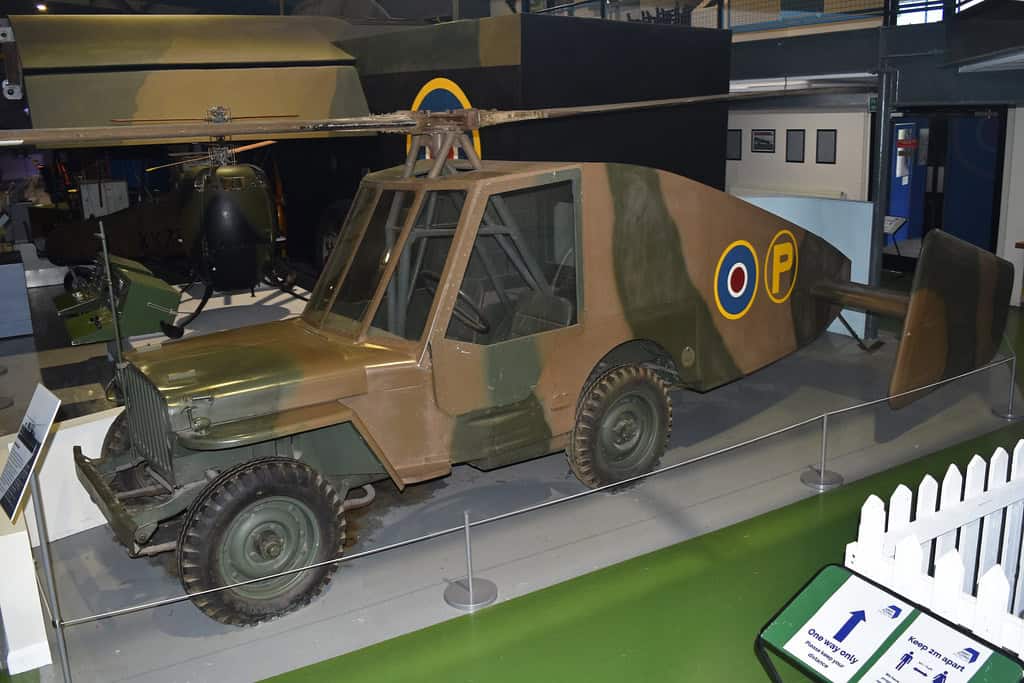
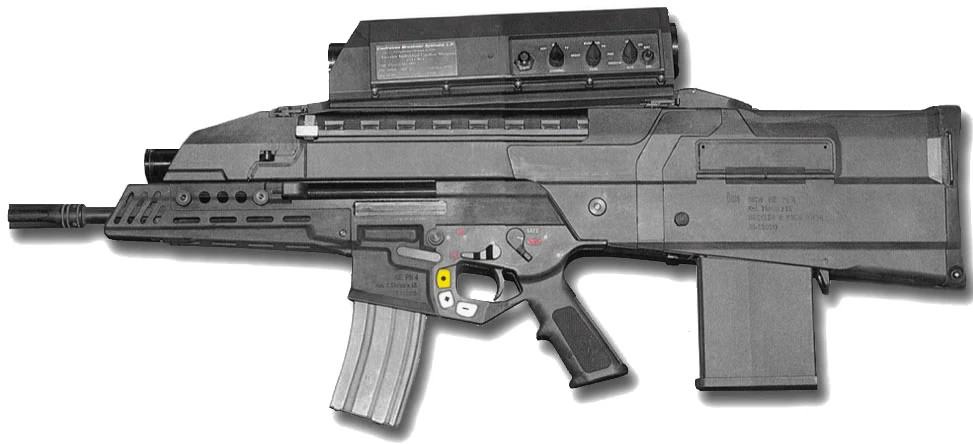
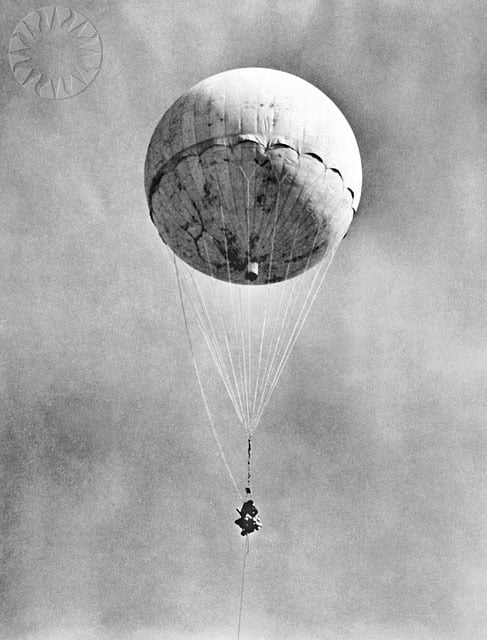


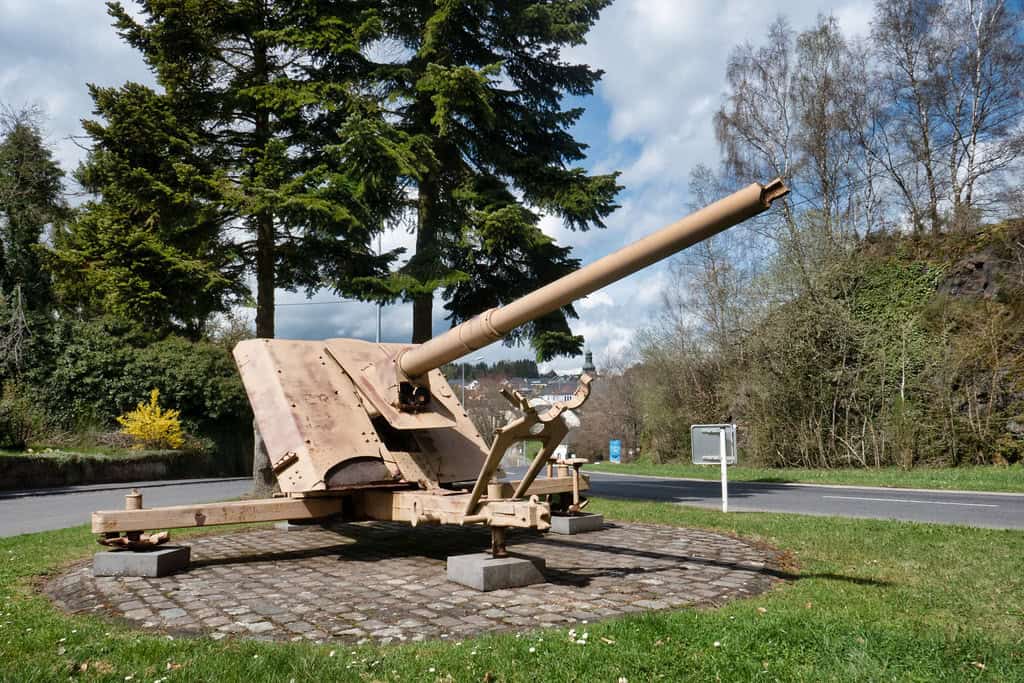
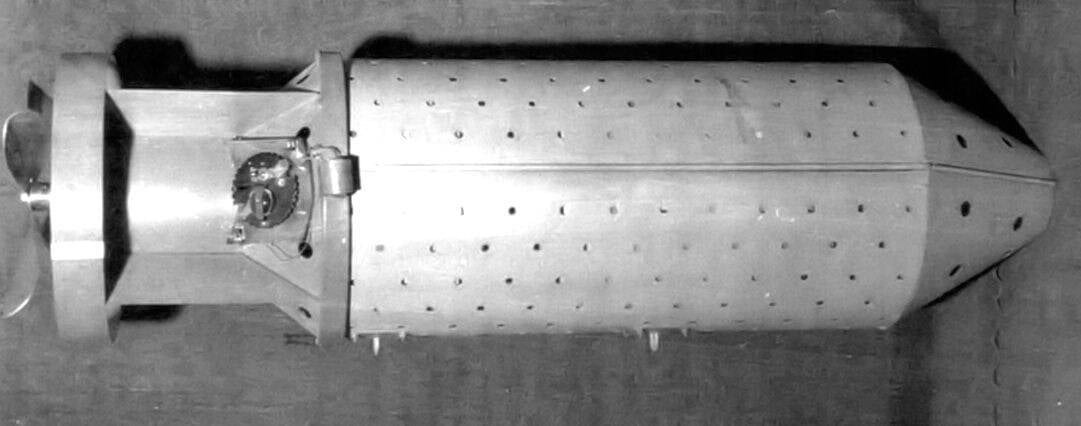
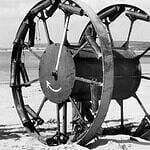

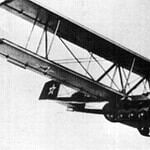

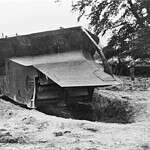
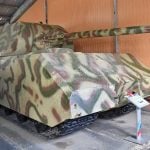
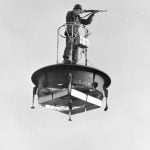
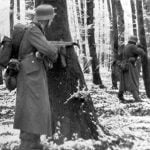



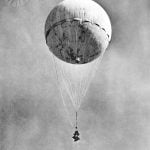
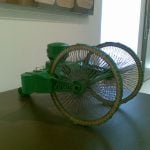

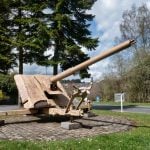
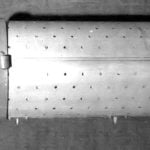
15 Weird Weapons Too Bizarre for the Battlefield
In times of war, both sides are driven to develop weapons that can deliver overwhelming force and secure victory, whether the goal is defense or domination. Throughout history, military innovation has often followed a simple logic: the side with the superior firepower usually wins. But in the race for battlefield advantage, not every idea hits the mark.
Over the years, some truly bizarre and unconventional weapons have been designed, often with high hopes but little practical success. From strange prototypes to overly ambitious concepts, these creations were either too impractical, too unpredictable, or just plain ineffective to earn a place in standard military use.
Today, we’re taking a look at 15 of the weirdest weapons ever conceived, tools of war so odd they were left behind in the shadows of history.
15. Goliath
Designed by Germany as an unmanned ground vehicle, the Goliath tracked mine machine was to be used as a disposable demolition vehicle during World War II. The goal was to deliver explosives directly to enemy tanks or positions without risking the lives of German troops.
Unfortunately, the controlling wires were vulnerable to Allied troops cutting them, so the Goliath could easily be stopped before delivering any of its explosives to a target.
14. Antonov A-40
Essentially a winged tank, the Soviet Union’s Antonov A-40 was meant to help fly tanks into battle during World War II. The initial problem with the design was that the tank could be flown in, but the crew had to be flown separately. There was also the concern that it was too heavy, which it was, as no aircraft was available that could fly a tank faster than the required 99 miles per hour.
13. Spruce Goose
Affectionately known as the Spruce Goose, this World War II flying boat was designed by eccentric billionaire Howard Hughes. With a wingspan larger than a football field and composed entirely of wood, the Spruce Goose is a remarkable achievement and a head-scratching experimental design.
Designed to transport hundreds of troops at once away from attacking U-boats, the long-term integrity of the hull was questionable, so only a single prototype was ever built.
12. Cultivator No. 6
Best known as “White Rabbit Number Six,” the codename for Cultivator No. 6 was designed by the British Royal Navy at the start of World War II. Weighing 130 tons, the design was meant to dig trenches in the ground wide enough for troops to follow behind to get behind German lines.
Unfortunately, even successful testing couldn’t save the Cultivator, as it was believed to have no practical use and lacked any defensive capabilities.
11. Panzer VIII Maus
Known as the Panzer VIII Maus, this World War II-era tank was considered “super-heavy” after completion in July 1944. Considered the heaviest fully enclosed armored vehicle in history, only five were ordered. This 200-ton behemoth suffered from drivetrain problems and could barely achieve 12 miles per hour. Of 150 planned tanks, only three were ever built.
10. VZ-1 Pawnee
Work started on the Hiller VZ-1 Pawnee in 1953, and testing followed in 1955. Initial testing was successful as three prototype models were built with specialized aerodynamic designs that were proven to keep the aircraft stable.
However, the single soldier inside these units could not steer, meaning they had to use their bodyweight to shift right or left, leading to the units being left off the battlefield.
9. Krummlauf
One of the weirdest guns ever designed, the Krummlauf was a German attachment built for the Sturmgewehr 44 rifle. The attached kit included a curved barrel and periscope for shooting around corners, which would have protected troops.
However, the testing results showed that the attachment could fire no more than 300 rounds, and that was only if the bullet didn’t shatter on impact exiting the barrel.
8. Bob Semple Tank
Fearful of a Japanese invasion, Bob Semple, a New Zealand minister, wanted to build a tank out of available material to protect the island in case of an invasion. Built with civilian help, the Bob Semple tank had no formal plans or blueprint, leading to significant difficulties.
At 12 feet tall, early tests showed multiple failures, including insufficient armor, being too heavy to be easily maneuvered, and having to stop to change gears, making it an easy target.
7. Hafner Rotabuggy
An experimental aircraft designed for World War II, the Hafner Rotabuggy was designed to help air-drop off-road vehicles. The first test of this project was conducted on November 16, 1943, but the air unit couldn’t get enough speed.
Later tests utilized a bigger engine, but a parallel design of gliders made the Hafner Rotabuggy unnecessary even after it achieved speeds of over 70 miles per hour.
6. XM29 OICW
Looking like something out of a video game, the XM29 OICW, or Objective Individual Combat Weapon, was part assault rifle and part grenade launcher. Developed in the 1990s, it included a 20mm cannon or grenade launcher and a 6x optical sight.
Sadly, the XM29 OICW project was canceled before it could be fielded, due to problems such as excessive weight and lack of effectiveness.
5. Fu-Go Balloon Bombs
An incendiary weapon designed by Japan, the purpose of the Fu-Go Balloon Bomb was to attack the mainland US during World War II. Approximately 33 feet in diameter, the hydrogen-filled bomb saw Japan launch around 9,300 of these.
Although only about 300 Fu-Go balloon bombs were found or observed in the US, they did cause some minor fires and damage, and tragically killed six civilians in Oregon in 1945, marking the first intercontinental weapon attack on the US before the development of ballistic missiles.
4. Tsar Tank
Instead of the traditional caterpillar track design familiar to tanks, the Tsar Tank was a Russian armoured vehicle with a tricycle design. Built right before the start of World War I, the height of the cannon was 26 feet in the air, but the design was an actual mess as the tank often got stuck in the ground and couldn’t pull itself out. Multiple tests failed before the Russian High Commission, leading to its cancellation.
3. Panjandrum
Known as the “Great Panjandrum,” the British military designed this rocket-propelled explosive-based cart. The weapon’s design aimed to penetrate a 10-foot-high section of the “Atlantic Wall,” which Germany erected to block access for Allied forces.
While testing the weapon on a public beach in England, multiple attempts to simulate rockets went awry. Subsequent tests failed to provide sufficient steering capabilities, as the rockets fired in unplanned directions.
2. Nazi Wind Cannons
Known as a German “wonder weapon,” the Nazi Wind Cannon looked to utilize a powerful blast of air to disrupt enemy aircraft. As Germany was undergoing consistent air attacks from the Allies, the Nazi Wind Cannon was designed, produced, and even deployed on a bridge in River Elbe in 1945. Unsurprisingly, it did not affect enemy aircraft, meaning no additional models were built.
1. Bat Bombs
With the US at war in World War II, the US military was looking for any edge, including “Bat Bombs.” An experimental weapon, the bomb consisted of one thousand different compartments, each containing a Mexican free-tailed bat with an incendiary bomb attached.
President Roosevelt surprisingly approved the plan, and additional tests for “Project X-Ray” were successful, but the project was canceled because it was not ready until mid-1945.
The image featured at the top of this post is ©British Government / https://en.wikipedia.org/wiki/public_domain – License / Original
